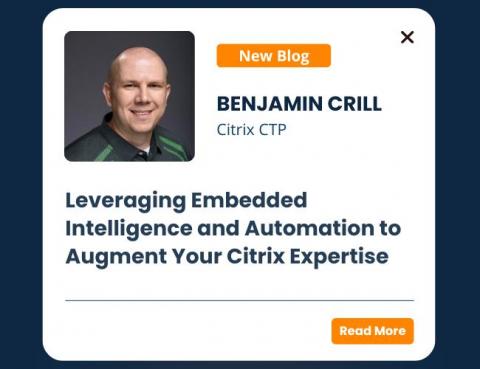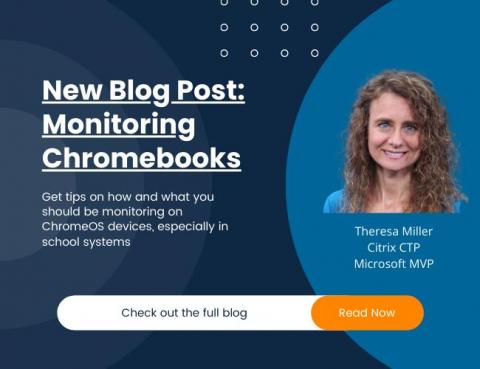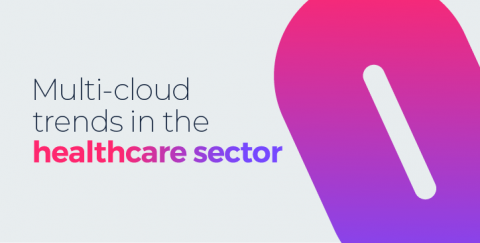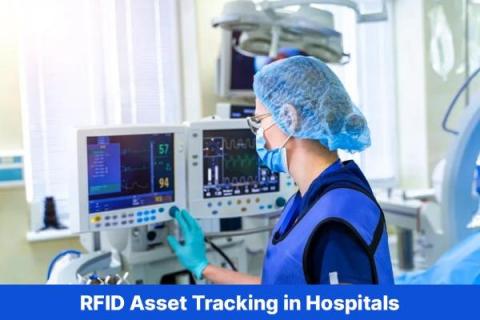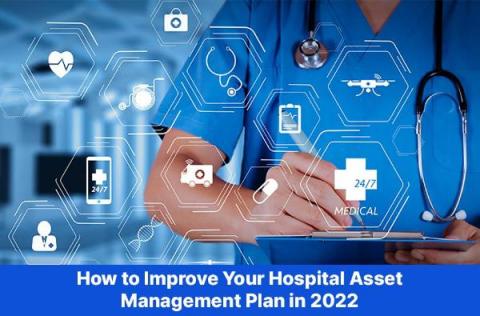Operations | Monitoring | ITSM | DevOps | Cloud
Healthcare
Leveraging Embedded Intelligence and Automation to Augment Your Citrix Expertise
What’s your least favorite thing as an IT professional to hear when you first stroll into the office in the morning? I’m going to go out on a limb and guess that, like me, many of you might say something like this: “Everything is slow….” Ughhhhhhh, if we had a dime for every time we’ve heard end users utter that vague and unhelpful statement over our careers, we’d have a boatload of dimes. Across IT roles, this tiring theme seems to follow us wherever we go.
How To Help Doctors Better Organize Their Work Schedule?
All You Need to Know About Digital Scanning Solutions for Business
End User Experience Monitoring for Healthcare
The global "mHealth market" is anticipated to reach USD 293.29 billion by 2026, growing at a CAGR of 29.1% over the forecast period, according to Fortune Business Insights. This growth is being driven by the rising adoption of mobile health technologies and the increasing use of cloud-based services. This growing customer dependence and ever-changing landscape of healthcare make it more important than ever to have a comprehensive understanding of how your applications are performing and to ensure that mission-critical applications, which can cause serious consequences from downtime, perform as they should.
Monitoring your Chromebooks School System Edition
Major vendors have been doubling down on their investment in Chromebooks, and that effort has paid off — they’ve consistently seen strong returns thanks to the platform’s wide adoption globally.
Multi-cloud trends in the healthcare sector
In the last few years, driven in no small part by the impact of the pandemic, cloud technology has had a profound effect on healthcare. Despite being one of the last sectors to go all-in on public cloud, the maturity of offerings seems to be finally winning the industry over, opening up significant opportunities for telemedicine and virtual care to adapt to evolving patient and workforce needs.



